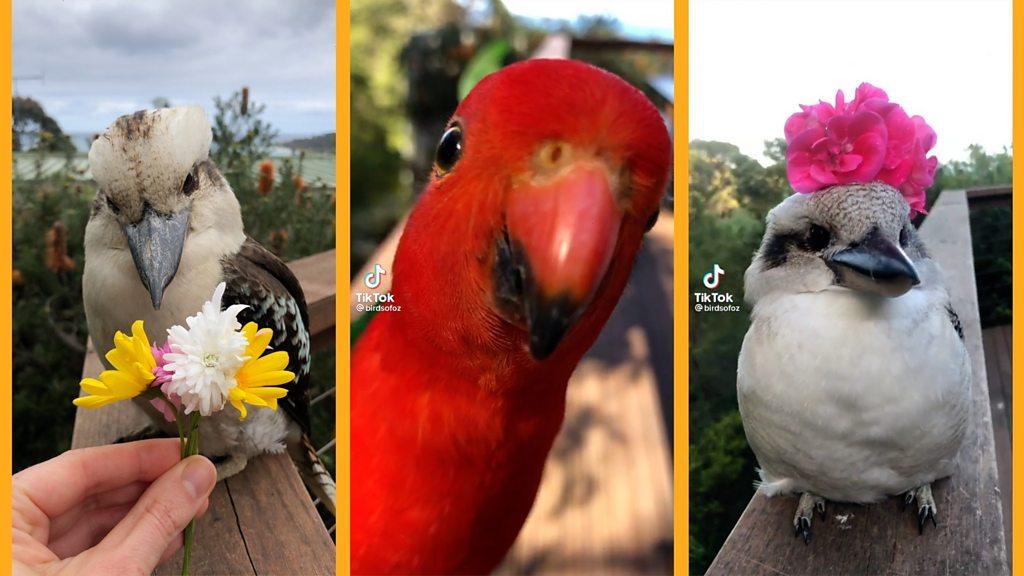Australia: How 'bin chickens' learnt to wash poisonous cane toads
- Published
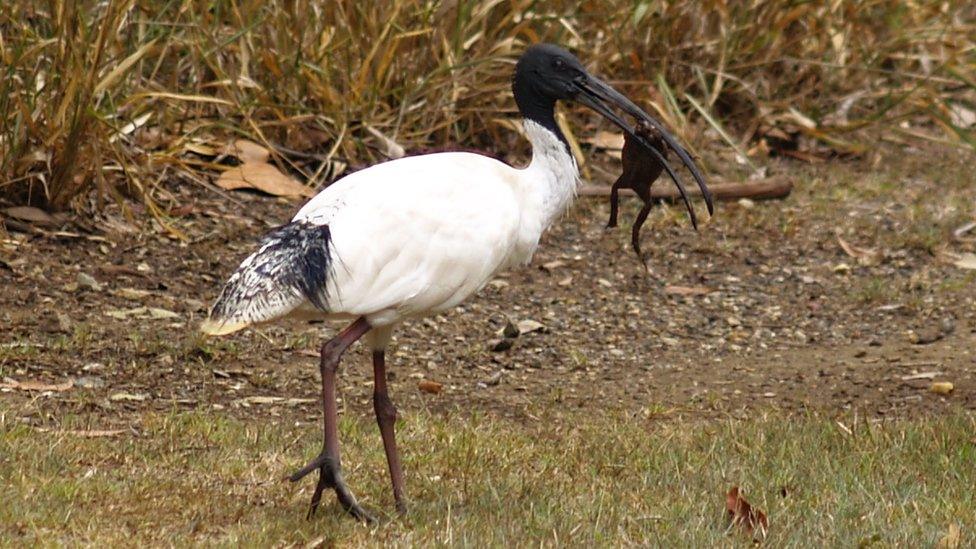
An ibis spotted eating a toad in Logan, near Brisbane
There are few Australian animals more reviled than the white ibis.
It has earned the moniker "bin chicken" for its propensity to scavenge food from anywhere it can - messily raiding garbage and often stealing food right out of people's hands.
But the native bird may have figured out how to overhaul its bad reputation.
It has developed an "ingenious" method of eating one of the only animals Australians hate more - the cane toad, a toxic and pervasive pest.
First introduced to Australia in the 1930s, cane toads have no natural predators in the country and have wrought havoc on native animal populations.
The toad's skin contains venom which it releases when threatened, causing most animals that come into contact with it to die quickly of a heart attack.
Hence Emily Vincent's surprise when members of the community started sending her pictures and videos of ibis "playing" with the amphibians.
Ms Vincent, who runs the invasive species programmes at environment charity Watergum, says the behaviour has been reported up and down Australia's east coast.
"Ibis were flipping the toads about, throwing them in the air, and people just wondered what on earth they were doing," she told the BBC.
"After this they would always either wipe the toads in the wet grass, or they would go down to a water source nearby, and they would rinse the toads out."
She believes it is evidence of a "stress, wash and repeat" method that the birds have developed to rid the toads of their toxins before swallowing them whole.
"It really is quite amusing."
'Clever' birds
It isn't the first time birds have been spotted eating cane toads, Macquarie University Professor Rick Shine told the BBC.
They seem to be less susceptible to the poison than other animals, like snakes, mammals or crocodiles.
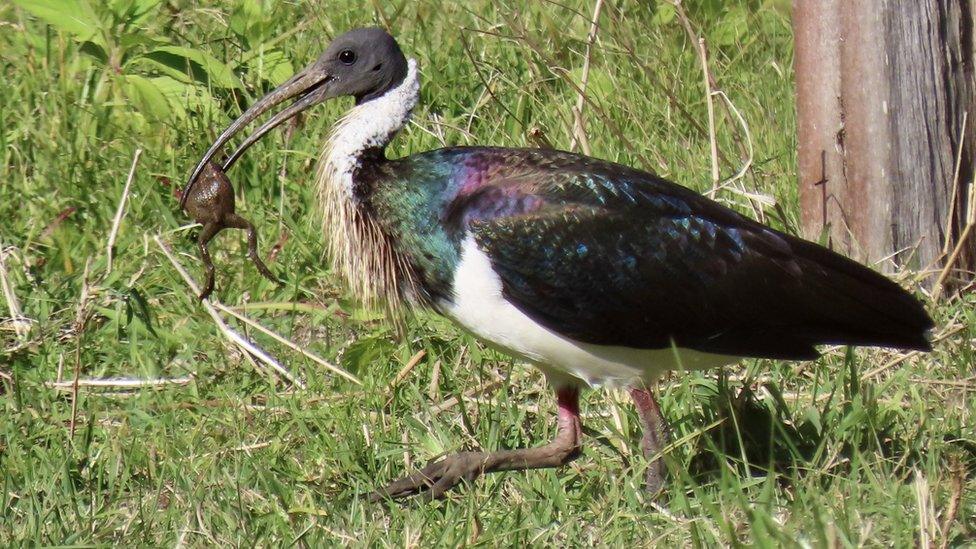
Toad expert Rick Shine says he hasn't heard of the behaviour before
But they can still die from too much of it and it tastes "awful", Prof Shine says.
So as the species spread across Australia, birds like hawks and crows rather quickly figured out how to eat around the poison glands on their shoulder.
They would flip the toads on their back and rip out their insides, leaving the glands untouched.
But this is the first time Prof Shine - who has studied toads for 20 years - has heard of birds using a method like this to eat them whole.
"Ibis do get an unfair reputation... [but] this demonstrates that these are clever birds," Ms Vincent says.
"They've actually forced the cane toad to get rid of the toxin itself, they haven't had to mutilate it in any way. The cane toad is doing all the work for them."
Population control
Professor Shine and Ms Vincent both say it is a promising sign that native animals are learning to adapt to the toads, which are now estimated to number over 2 billion.
Some species are slowly recognising the pests are "a very bad choice for lunch" and there are suggestions others are undergoing genetic changes that leave them less susceptible to the poison.
And then there are animals like the ibis that have worked out how to eat toads safely, which could help bring the population back under control.
"They've got an incredible breeding capacity... so with every female cane toad that's removed from the environment, it's the prevention of up to 70,000 new cane toads each year," Ms Vincent says.
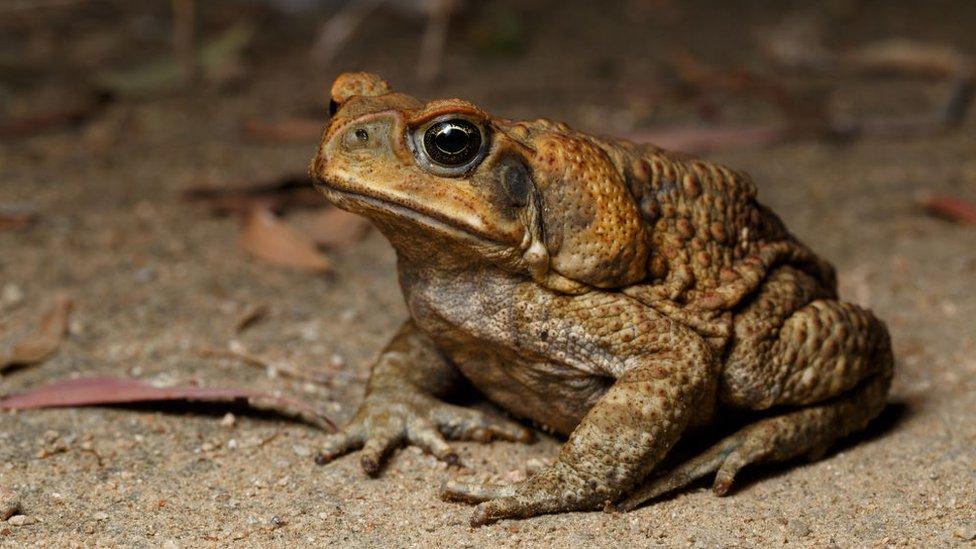
As well as poisoning predators, cane toads also dine on small native animals
Most of the heavy lifting is being done by animals that Australia loves to hate - like the ibis, rodents or ants - Prof Shine says.
"All of those animals are actually doing a wonderful job as an unseen army that are reducing the numbers of cane toads every year," Professor Shine says.
"So we really should be grateful for some of these unloved Australians."

You may also be interested in:
The birds on the balcony that charmed TikTok
- Published22 March 2017
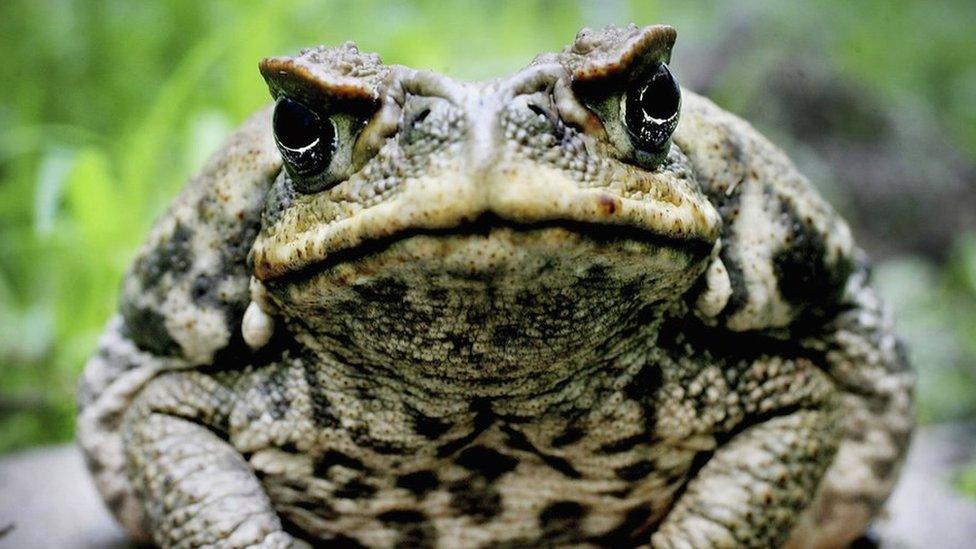
- Published8 July 2021
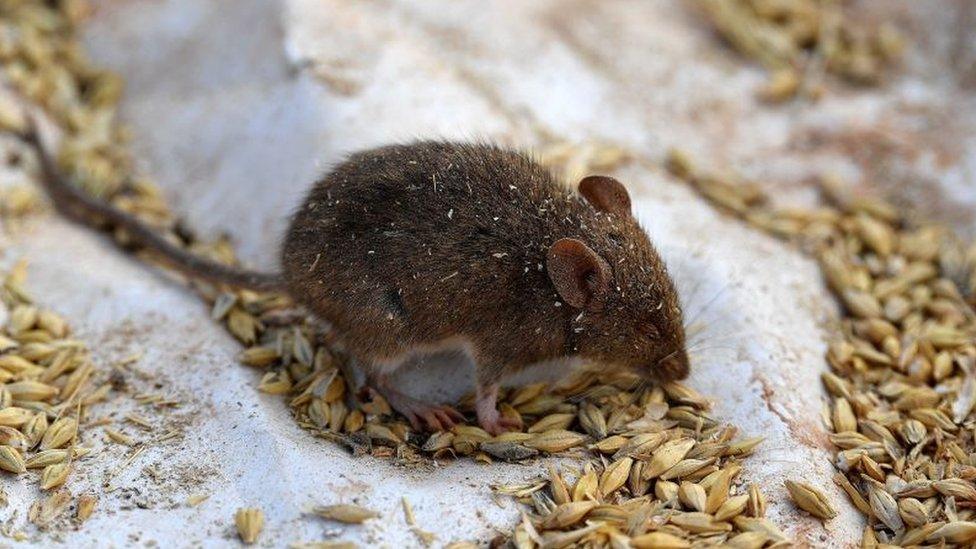
- Published28 April 2021
